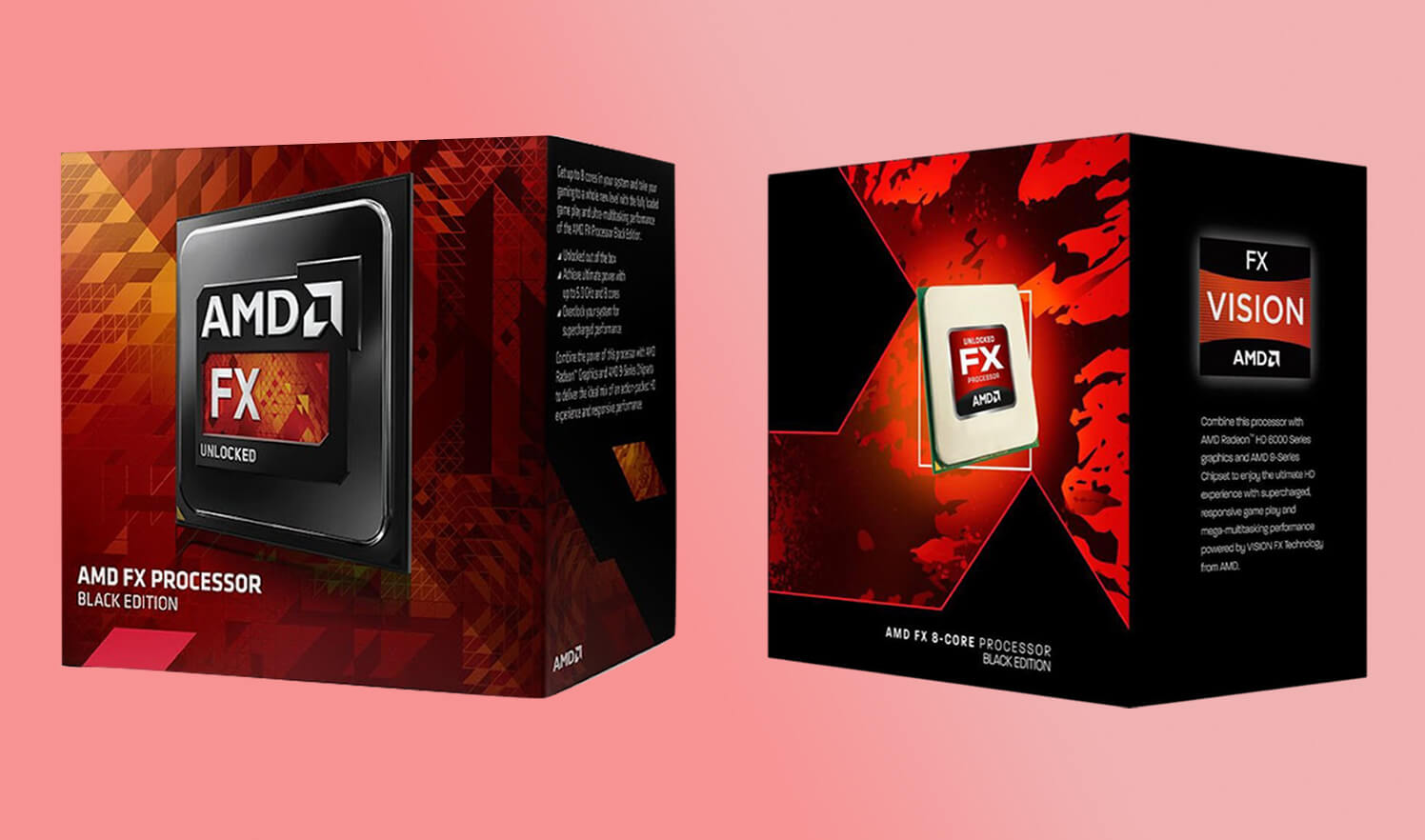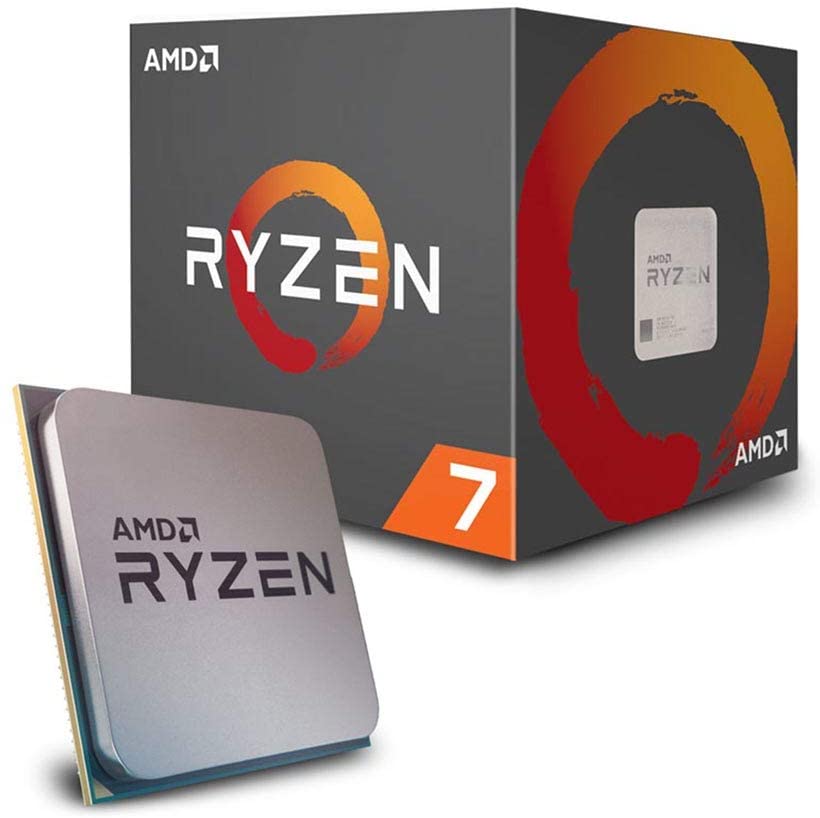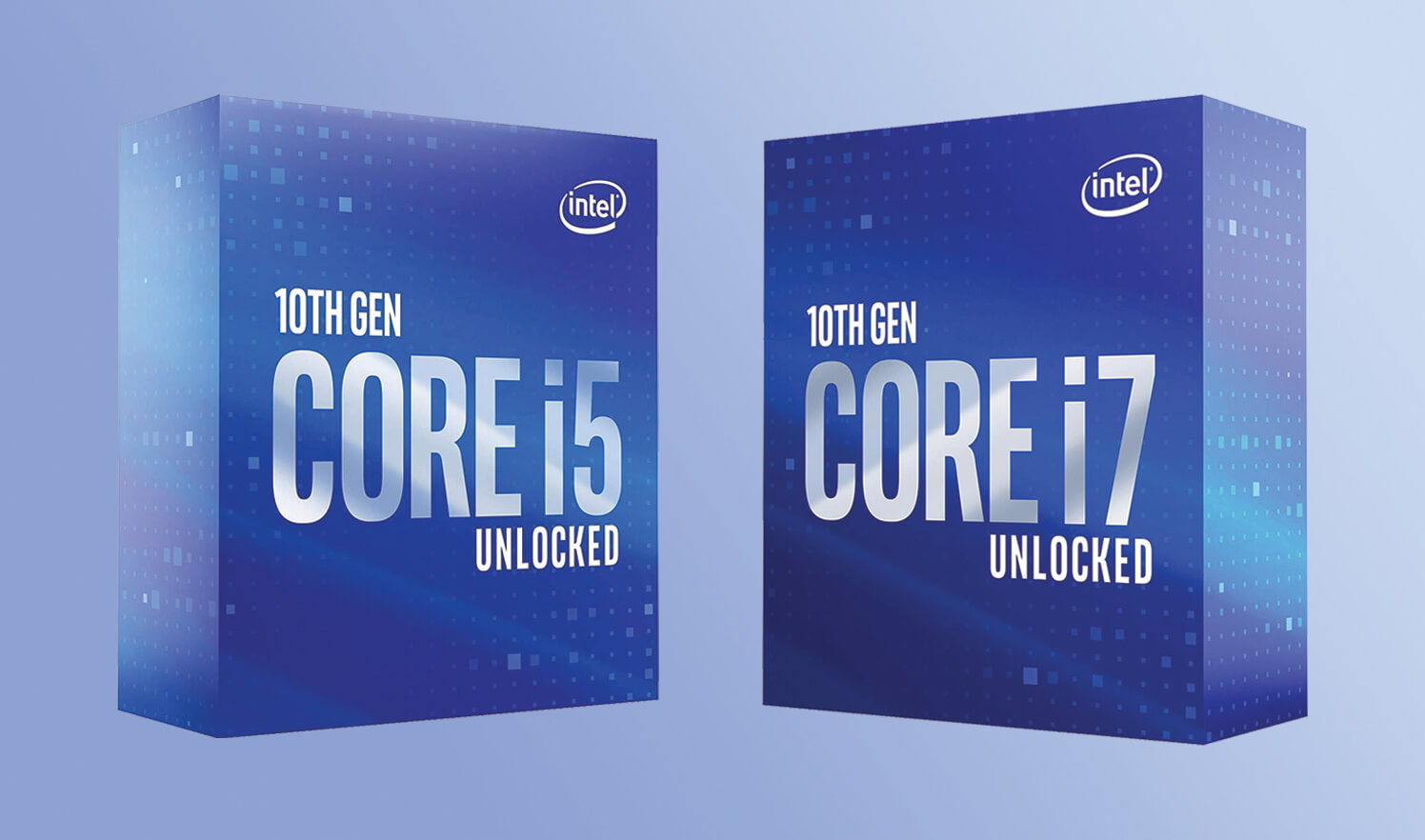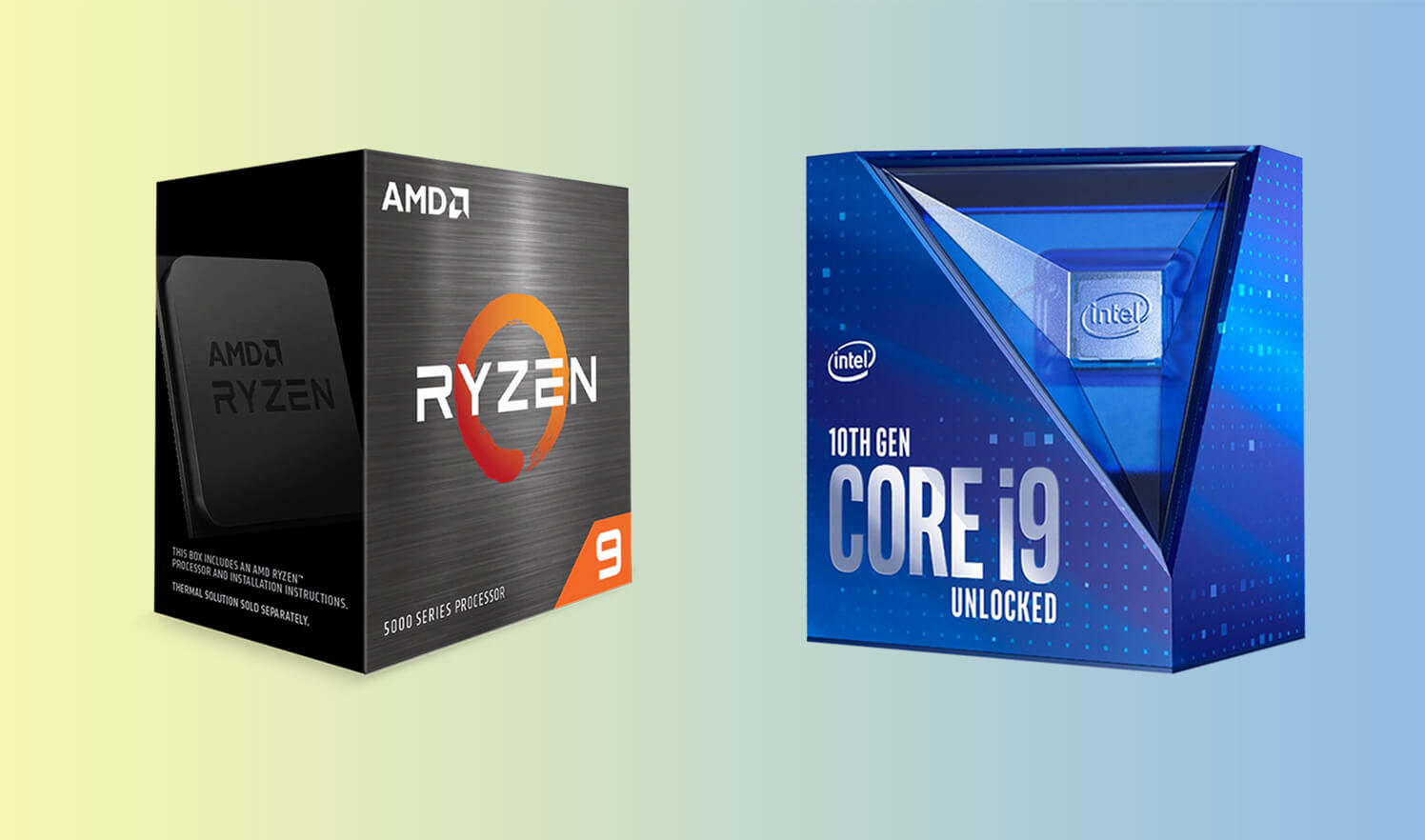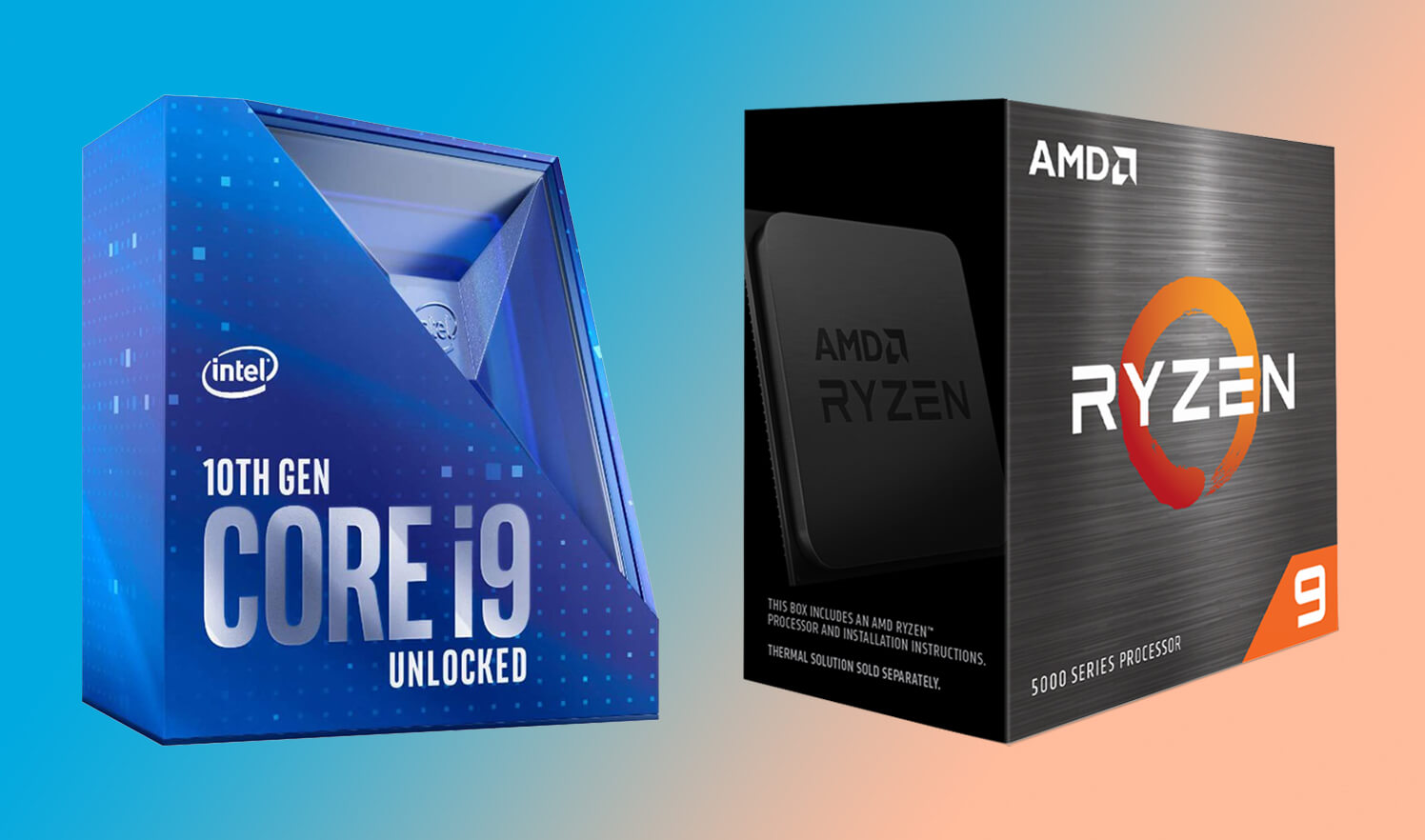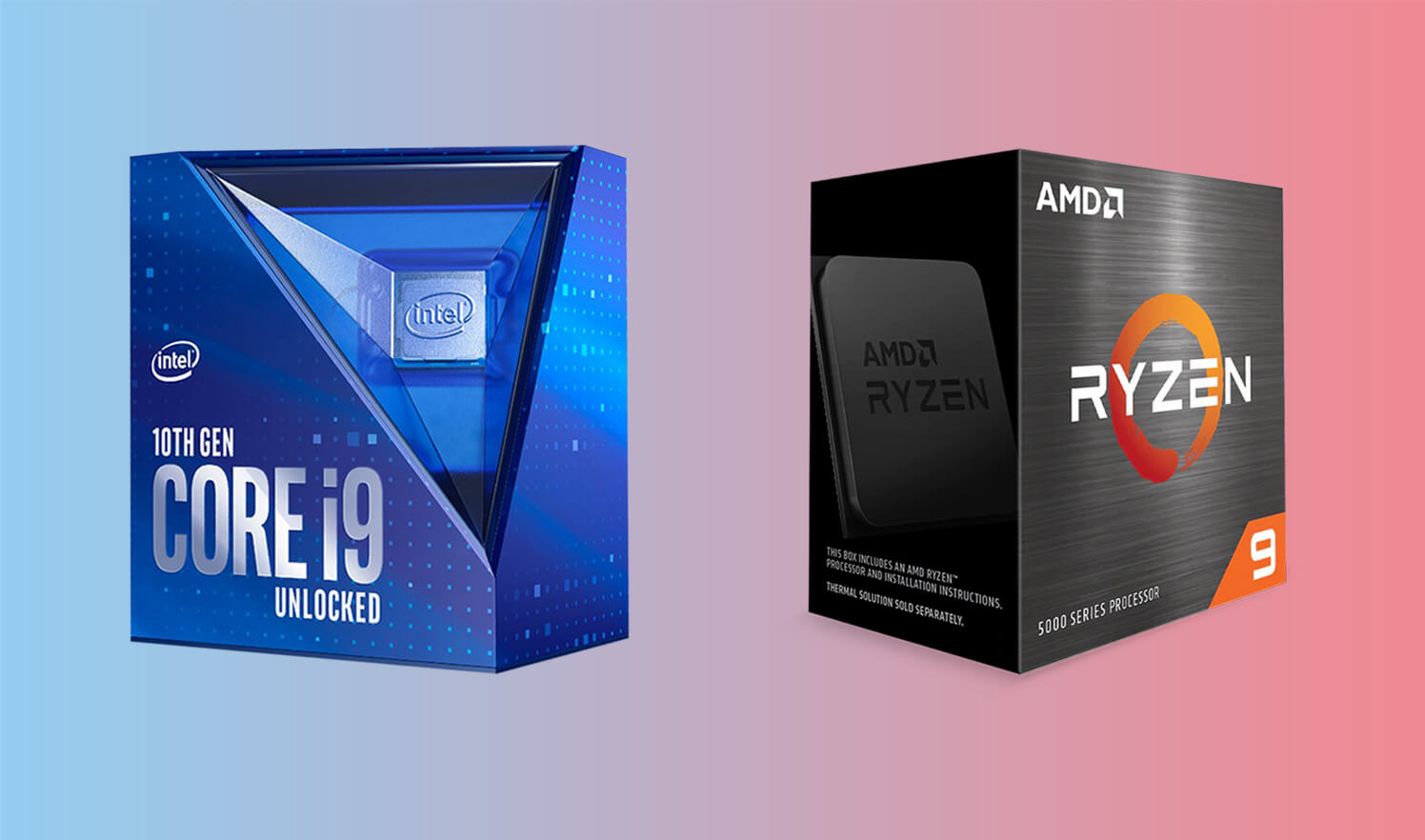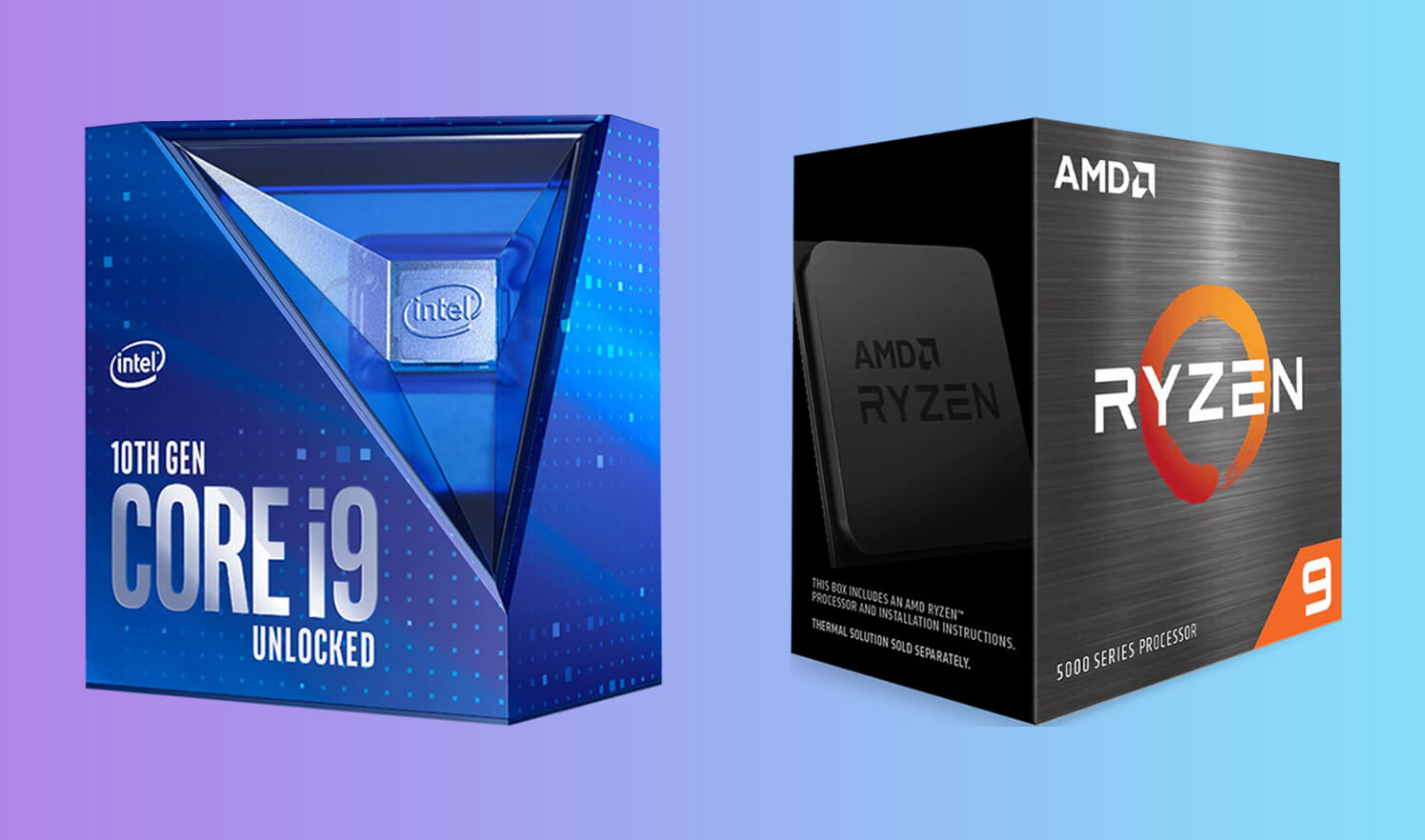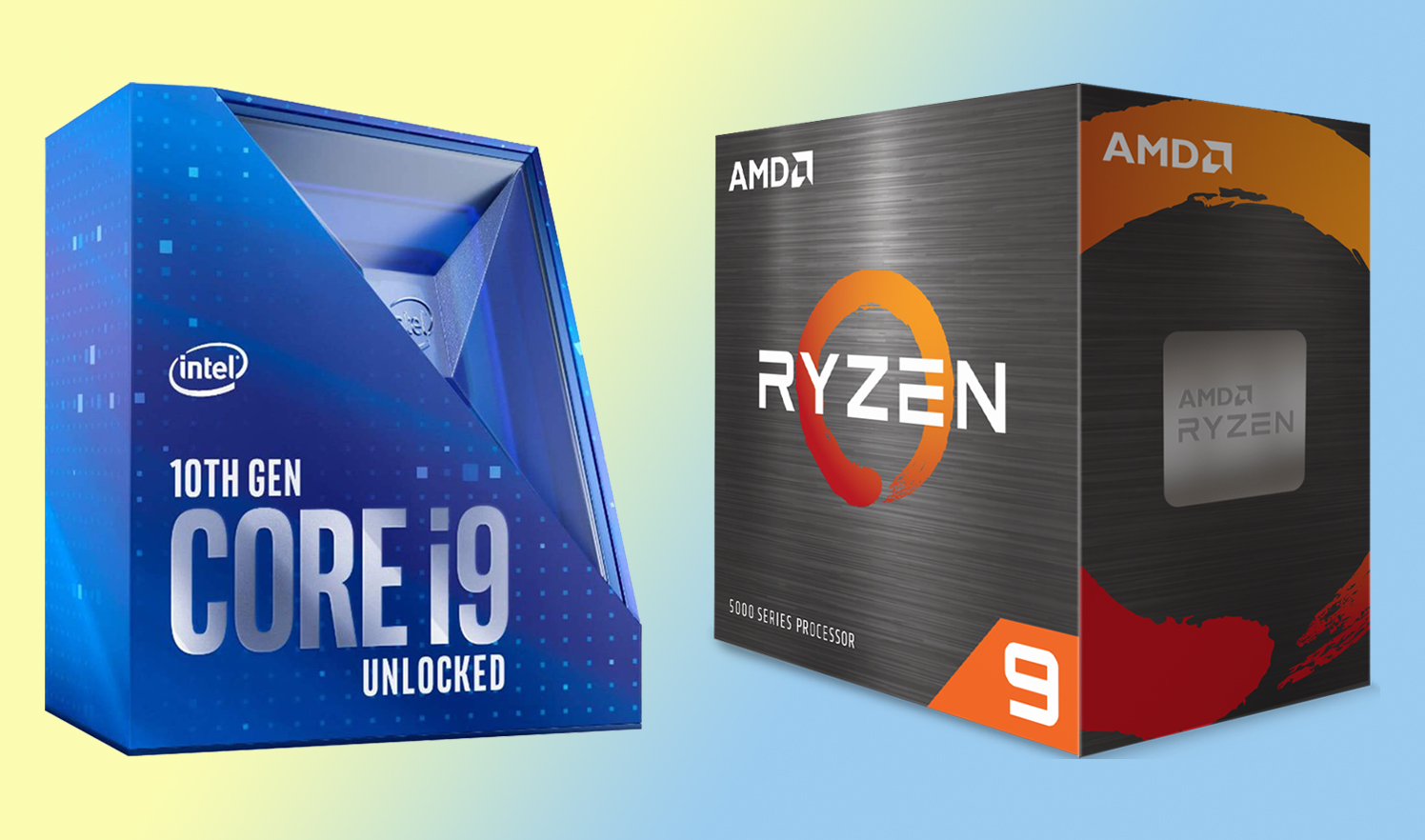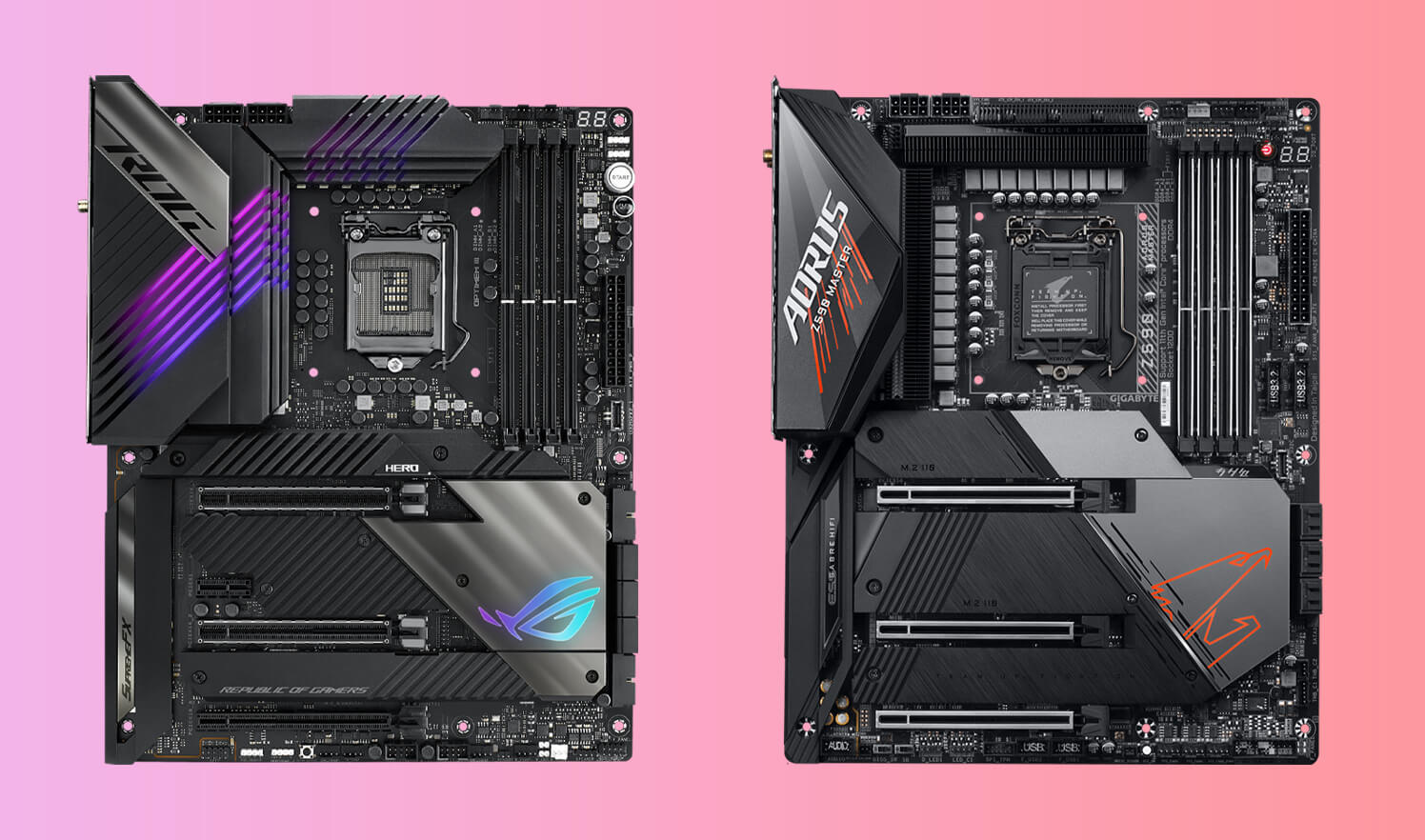Choosing the best PC case is not an easy task, especially if you want to build a new custom build PC. Nowadays, prosumers have many choices to make a selection between the top-class PC cases. There are several options available in the market that belong to well-known brands. All of these brands don’t compromise quality and performance. In this 21st century, people don’t follow the rule of choosing between boring and dull Desktop PC cases selected according to your desk space. Today, we have PC cases with high-end features, full towers, and a substitute for Mini-ITX. All that makes a PC Building an exciting activity.
Your PC case’s size plays an essential role in recognizing the size of other components you can fit in it. But if you are a beginner, it is not easy to understand the importance of choosing the accurate PC case size. It helps you understand the unique features that affect your gaming sessions’ performance and quality, such as how many case fans you need or you should water-cool it or not. All these aspects are significant for overclocking, expansion, rigid drive support, etc. if you want all these features to run systematically, you should choose the appropriate computer case sizes. If you focus on this point, then you are no far from success.
This article will emphasize the main form factors, various size options, advantages and disadvantages, and some queries related to these products. We will also discuss some of the more complex elements that influence the case size to choose your upcoming PC build. People also want reviews about how every case size is controlled by cooling, how various components affect your computer case size, and which element is suitable for each case size. By considering all these points, you will surely get a top-class PC case size that would deliver top-notch performance.
COMPUTER CASE SIZE COMPARISON
Below we will discuss four main case form factors that will help you decide which one suits you best.

Computer Case Size Breakdown
| Final Desktop | Full Tower | Mid Tower | Mini Tower | Smaller Form Factor |
|---|---|---|---|---|
| Motherboards |
Mini-ITX MicroATX ATX EATX |
Mini-ITX MicroATX ATX |
Mini-ITX MicroATX |
Mini-ITX |
| 5.25" Drive Bays | 3-6 | 2-5 | 1-2 | 1 |
| 3.5" Drive Bays | 6-13 | 6-7 | 4-6 | 1-3 |
| 2.5" Drive Bays | 0-10 | 0-6 | 0-4 | 0-2 |
| Expansion Slot | 7+ | 5-7 | 4 | 2 |
| Graphics Cards | 3-4 | 2-3 | 1-2 | 1 |
| Case Fans | 8+ | 3-8 | 2-4 | 1-3 |
Full Tower: E-ATX Case Size
We will take a start from full tower cases. These have always been the most demanding among the enthusiasts who prefer expansion compatibility. These full tower cases are also very beneficial for improved thermal performance and custom loop support. This size bracket is not only specific for PC enthusiasts or gamers. However, bulky server cases are also known as E-ATX because they can serve additional RAM and CPU.
The full tower cases are always preferable to those who want to apply extreme overclocking on their system components. Overclocking is the most challenging part for most cases because it requires extra cooling. In overclocking, your system consumes more heat because the components are forced beyond their limits. In this condition, water cooling, triple heatsinks, and big radiators are used for maintaining the temperature. These cases help them to satisfy their needs. The build that wants to benefit from E-ATX, or SSI CEB sized motherboards, also goes for the full tower case. However, the smaller mid-tower can only serve ATX.
The airflow is also an essential factor during the maintenance of cooling. However, the full tower has excellent airflow and delivers the highest performance. If you want a system that can run for long hours, you need to buy a case size that has high-end airflow. Besides this, in full tower cases, you may get an advantage of Multi-GPU through crossfire or SLI. For powerful GPU support, they offer plenty of expansion slots, along with vertical GPU mounting. It is very beneficial for streamers, hardcore gamers, and heavy video editors.
Mid Tower: ATX, Micro-ATX Case Size
As far as mid towers are concerned, these are the most favorite among the PC builders because they are the most flexible tower case available in the market. It is light in weight and compact in size, which is very suitable according to the enthusiasts’ requirements. People who want a compact case and want to highlight several unique components prominent on their desk would go for a mid-tower case. The RGB lovers also get attracted to this computer case size because it allows more space to show off their setup. These towers offer outstanding aesthetics and excellent variations.
Most customers prefer dual-GPU’s because it offers larger room for gamers who wants expansion in the future. You should always check the motherboard’s specification before buying to determine the compatibility and space for dual GPUs accommodation. The mid-tower cases like the full tower can also serve two graphics cards, and a few offer third. Although three is sufficient for passionate gamers, it provides additional headroom of PCIe slots for expansion if they want it later. PC enthusiasts can avail this facility if they’re going to enhance their gaming rig.
But if we talk about the inner space, the mid-tower cases are much smaller from the inside, which can heat the entire system. In other words, we can say that mid-tower has less space for extra case fans as compared to others. It can lead to less air flow and poor performance in your workloads and gaming sessions. In the end, we recommend you not only consider the airflow, but you should also check the space for cable management. If you have neat and smooth cable management, your PC case will look more clean and attractive.
Mini Tower: Mini-ITX Case Size
Compact tower cases greatly influence gamers’ lives in the recent past because of their space-saving designs and the increasing quality of Micro-ATX motherboards. These towers are ideal for people who want portability and a case with excellent aesthetics. Many things increase its demand, and top of the line is its reasonable price tag. People who have budget problems yet don’t want to compromise quality and performance are best suited. However, the Mini-ITX cases come up with unique and delicate tempered glass; still, they offer a reasonable price.
The components used in these smaller cases also have a low price tag, which means you will get an outstanding and excellent build without spending a ton of cash. So you have to think about low-profile GPUs and precise cooling solutions. But things are not the same in all mini-tower cases. The best thing about this case is that it takes less room but provides enough space for several popular hardware options. It has a high demand among custom builders to add custom loops in these compact cases because it promises to deliver outstanding aesthetics.
As we know, these cases are smaller, so they have less room for expansion slots and hard drive space. If you force them to handle large GPUs, you will automatically face some problems. If your gaming build has only 1 or 2 GPUs, and you don’t need more expansion slots, this mini-tower would be perfect for you. So we highly recommend you examine the clearance of the case before buying. By considering all these points, you can achieve your goals to make your entire build as no one has. Choosing the appropriate components is not an easy task, but later it will make you more comfortable and successful.
Smaller Form Factor: Mini-ITX Case Size
As far as smaller form factor cases are concerned, they give limited facilities. But at the same time, they are ideal for builders and offer several incredible options. These cases are perfect for portability, and personal PC builds. You can fit various robust components in this tiny thing and make them excellent LAN party cases or HTPCs.
Similarly, these compact cases can fix in all environments and flow the way you want. It can save a lot of space for you, and you can conveniently carry it wherever you roam around. These are portable and perfect for those who love traveling. These small cases are specially developed for those who prefer the small form factor.
So, in the end, we recommend you to go for Mini-ITX cases if you have less space on your work desk or you want to take your build with you even when traveling.
PC Case Features To Look Out For
We have rounded up some essential features that you may consider before buying a pc case size. There are many computer case sizes available in the market. All these have quality features, advantages, and disadvantages. As we all know, it is very natural that if you spend more money, you will get more features, and if you buy a cheap product, then you have to compromise on quality and nd features. Before purchasing the computer case size, you should think about your needs and priorities and choose the case that best suits you.

Drive mounting
The first and top-of-the-line feature is to consider the hard drive space. There are many hard drive mounting forms, so you should know where they might be fixed when you buy a case. You should also know about your PC case’s available space to accommodate your current drive bays. There are three types of drive bays.
5.25″ are less common and are rarely used.
3.25″ are the topmost for those who prefer extra storage options and are perfect for average 3.5” HDDs.
2.5″ are best suitable for high-speed levels and are great for your SSDs.
Almost all the cases offer space for hard drives. You just need to understand how much space you need or how much your case can accommodate. Some cases provide appropriate mounting space for hard drives that directly fix the motherboard tray’s metal sheet. At the same time, some allow you an adjustable box to easily reach your drives. And the average cases only have drive cages in and outside the case.
Toolless design
Aforementioned, some manufacturers are genuinely a blessing for their customers because they make PC building much more comfortable and smoother by introducing some unique and outstanding aspects. Toolless design is one of them. This feature is applied in high-end PC cases of advanced and modern technology. We can have it on any case component, from thumbscrew to drive bays; these parts can make your build more unique and fascinating but give you some more cost.
Cable management
Cable management is the most essential feature for making any PC build attractive and tidy. In most budget cases, the manufacturers ignore the cable routing aspect without realizing its importance. They allow less space for hiding cables and skip the features such as PSU shrouds, rubber grommets, and tie sports. We all know cable management is not an easy task, but we agree that your entire PC build looks more appealing when it’s done.
This feature plays a vital role in smaller case factors where there is less space. In these types of cases, the airflow is minimal, and the temperature is generally high. However, some cases offer cable management cut-out holes along with rubber grommets. These rubber grommets enhance your PC build’s beauty, but cases with these are more expensive and are known to be premium ones.
Cooling support
Generally, if you have a large PC case, it offers enormous cooling capability.
Air cooling
If you have a large case, you may install more and more giant fans to fit in. It means we are not only talking about quantity but size too. The larger the case, the more airflow, and ventilation it offers. And that is the main factor of the stocky PC build.
Water cooling
Whether you go for the best overclocking case or a silent PC build, you will need more radiator space, and that you can get in only full/ mid-tower cases. You can also find these aspects in small form factor, but they don’t allow you to install anything without restrictions. They can better work with air cooling.
SOME TIPS:
Before buying a computer case size, you should also follow some more tips.
Motherboard compatibility
Before buying a case, you should check that what type of motherboard is compatible with this case. The motherboard compatibility is the best identification of a case’s internal size. These are some of the main factors that you should consider before making a decision. If you choose an appropriate motherboard with full compatibility, you will reach all your goals. But if you do not select the correct motherboard, you can destroy your entire build.

E-ATX vs ATX / Full Tower vs Mid Tower
We have tried our best to explain all the features, pros and cons, and some basic queries related to these two form factors. In the end, we will again give some quick reviews about them.
The most demanding and popular pick on the market is ATX/mid-tower. People have different requirements and priorities, and they choose the form factor according to their needs and will. Typically, ATX offers a lot of outstanding options that make your PC build incredible and unmatchable.
On the other hand, E-ATX/full towers are comparatively more extensive and more expensive. Because of its larger size, it has a lot of room for space and motherboards. These are best for PC enthusiasts and passionate gamers. Its extra-large area, as compared to other form factors, results in high-end builds that require maximum cooling and performance. If you have a PC build with ideal cooling solutions and quality components, no one can stop you from reaching your aim.
Can Micro-ATX motherboard fit in ATX case?
The answer to this question is yes. Luckily, micro-ATX motherboards are ideal for budget-friendly gaming PCs, as they still offer all the notable features that standard ATX motherboards provide. The only difference is that standard ATX motherboards offer better and improved aesthetics, sufficient VRM, and more PCIe slots.
Micro-ATX motherboards are reasonable because their components don’t impact your in-game performance, as will your processor, graphics card, and memory. So coming to the main point, all cases will comfortably fit motherboards smaller than their main form factor. So we conclude that a Mini-ITX motherboard can also fit inside an atx size.
Experts said there is no point in putting a smaller motherboard in huge case sizes unless you require a large capacity for better airflow and have reasonable build requirements. For generally all cases, though, you might get an ATX case for an ATX motherboard, a mini-ITX case for a mini-ITX motherboard, and so on.
Super Tower vs Full Tower PC Case
Super tower is a bit of a professional term without having a clear definition of what size it offers. Generally, this form factor is known to be on the massive side of a full tower case. So if you are in search of the largest computer case possible, then you are at the right place. But we would not recommend you ignore full tower cases in your hunt, as there are plenty of options available, and all of these are premium as the super form factor.
There are several largest PC case sizes available, and you should check the compatibility of your components before buying. All of them have different pros and cons, performance, and features. It will help if you choose the PC case according to your priorities and requirements. Choosing the compatible product can lead you to success, and if you buy a wrong product that is not compatible with your system can destroy your entire setup.
What PC case size you should get?
Budget gaming PC case
Micro-ATX is the perfect option for those who can not afford the expensive products. Usually, the Micro-ATX motherboards and form factors have less room and features than ATX/ E-ATX. People who go for Micro-ATX don’t require this kind of quality in a budget PC. A user who buys this form factor must know that he will not get immense cooling and more PCIe slots. The cooling and PCIe slots available in this form factor are enough for a cheap build.
On the other hand, the Micro-ATX is not too much smaller, requiring special hardware like Mini-ITX towers and compatibility with some significant components.
Mid-range gaming PC case
If you choose the Micro-ATX only for its compactness, you can also use it in the mid-range PC build. It will not give you any extra cost but is very affordable for everyone. If you are a gamer who wants basic needs and asks for a typical gaming build, we recommend you go for mid/ ATX tower.
If you finally choose the large unit, you will benefit from improved cable management, excellent ventilation/airflow, and enhanced PC build.
Powerful gaming PC case
In a powerful gaming PC, you are not restricted to the budget. If you want a PC build with top-class features, you have to invest some money in it. But if you wish to go for the form factor that performs best among others, full / E-ATX would be best suitable for you. It offers plenty of great options like extra fans, multi-GPU, cable management, water cooling, etc. last but not least, these high-end PC builds offer premium build quality and super-class aesthetics.
Small PC/HTPC Case
In the end, we will talk about a lightweight PC case if you want a PC case that is easy for portability or can take it with you wherever you go or only want a case with stunning aesthetics. This tiny Mini-ITX case would be best suitable for you. It covers not only great features but also looks attractive and enhances your entire PC build.
Conclusion
So we have touched up the most comprehensive review on pc case sizes.
Finally, we came to know that the full tower case would be perfect for enthusiasts out there. This computer case size is ideal for excellent airflow and favors upgrades, more space, and improved cooling solutions.
But if you need an all-rounded computer case size, a mid-tower case is preferable. It can accommodate all sizes of motherboards except server boards and E-ATX. These cases not only give you space for large components but also make cable management easier for you. A PC build only looks neat and clean if it has a smooth cable routing; otherwise, expensive parts and cases won’t look attractive with messy cables. These features of a mid-tower case make it versatile, among others.
On the other hand, if you prefer the small form factor, smaller cases would be best suitable for you. If you have less space in your work area or you want a portable setup, a mini-tower is the one that will help you reach your goals. So traveling with your entire structure is not a problem anymore.
These are our suggestions; you can choose any form factor according to your preferences.
Frequently Asked Questions
What is the largest PC case size?
The largest PC case size is known as the full tower/ E-ATX. It is the largest of all PC cases. This computer case size is suitable for those who want more space and want to make high-end builds. It is also capable of providing the best overclocking and improved cooling solutions. Besides this, if you are not using an E-ATX motherboard but still want a full-size graphics card, multiple cooling fans, a liquid cooling system, along a radiator, you can go for an E-ATX case.
What are the different sizes of computer cases?
Full tower, mid-tower, and mini-ITX are the three different computer case sizes. Full tower cases and mid-tower cases can both accommodate standard ATX motherboards. ATX motherboards are the most demanding and popular motherboard size available in the market. Both of them can also serve as Micro-ATX motherboards.
How do you know if your computer case is BIg enough?
Every case has different sizes and dimensions. Generally, the mid-towers are 18 inches high and approximately 8 inches wide. Mid-towers are among the most common form factors that offer sufficient space for various parts like a closed-loop CPU cooler, a lot of storage capacity, and multiple graphics cards.
How do I know what computer case to buy?
First and foremost, you have to decide which PC case is best suitable for you. We have three different case sizes: full tower, mid-tower, and Mini-ITX. The first two can serve for average ATX motherboards, which is the most commonly used among the customers. Both can also accommodate smaller Micro-ATX motherboards.




